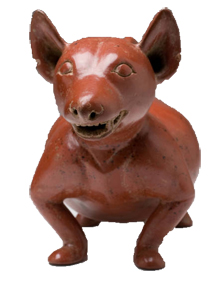
 copy.jpg)
Columns such as these were used by tribes in the grasslands of Cameroon. These tribes were ruled by dominant families while others paid tribute to the leader. The Palace Support Columns once supported the canopy on the palace of the Fon, or king, in Cameroon. They were symbolic as well as structural. In Cameroon society, art was often used as a symbol of status. The amount of art a person had, the material of which it was made, and the subject of the object all indicated the position of its owner in society. For the Fon, the Palace Support Columns illustrated his important position as the central leader of his tribe.
One artist was granted the position of personal artist of the king. Since that honor was not inherited, it was a very competitive position. To gain the respect of the king, artists attempted to honor the community through their art. Art such as these columns recorded important ancestors in a way similar to our photographs and family trees.
Consider other occasions when you might have seen art similar to the Palace Support Columns. Native American totem poles have a similar appearance, but they represent a single ancestor, while the Palace Support Columns record an entire lineage, marking important ancestors. While they serve a similar structural purpose to many columns in contemporary homes and public buildings, the Palace Support Columns also tell stories, record history, and mark status.
1900/1950
Unidentified Maker
(Bamileke, Babanki, or Kom People),
Cameroon
96 inches H; 13 inches W; 5 1/2 inches D
Gift of David T. Owsley via the Alconda-Owsley Foundation
2003.013.000a-b
1914 Much of Africa comes under European control.
1914-1918 World War I.
1944 First digital computer developed.
1960 Democratic Republic of Congo receives independence from Belgium.




